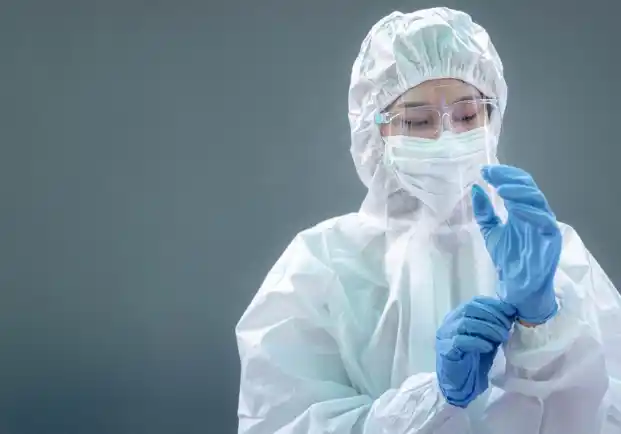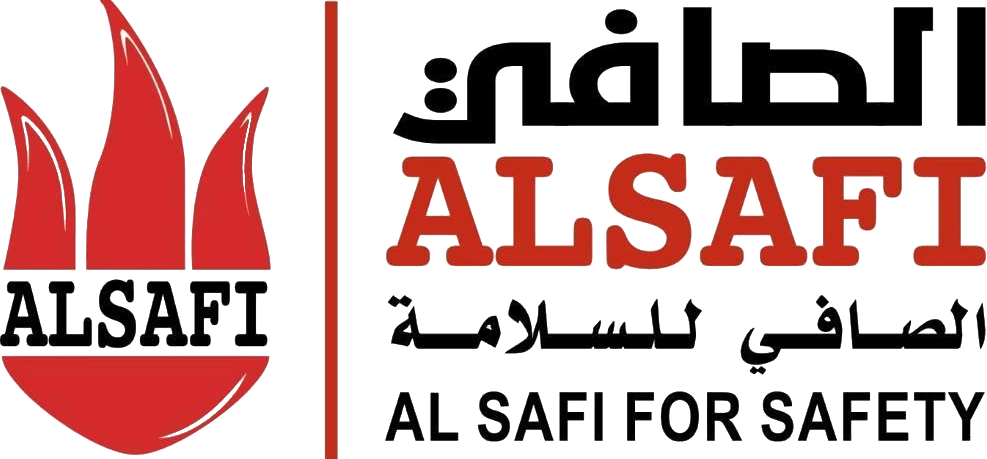What are the safety equipment in the laboratory, and what is their importance?

The presence of safety equipment in laboratories is not optional but rather a fundamental requirement in any work environment that deals with chemicals or sensitive instruments. Tools such as safety goggles, gloves, lab coats, fire-fighting equipment, chemical safety cabinets, and first-aid kits are not only used to prevent accidents but also help manage and respond to risks when they occur.
Whether you are working in a school, medical, or industrial laboratory, having this equipment reduces the chances of injuries or losses. Therefore, let us explain what these tools are and why they are essential in laboratories.
What Are Laboratory Safety Tools?
Laboratory safety tools are a set of equipment used to protect people and the workplace from risks caused by chemical reactions or sudden accidents. Their presence in every lab is not optional but necessary to ensure a safe working environment where experiments and tests can be conducted with minimal risk. These tools include essential items such as:
- Fire extinguishers
- Eye protection
- Protective gloves
- Eye wash stations
- First aid kits
Read about: Safety procedures at workplaces
The Importance of Safety Tools in Laboratories
The presence of safety tools in laboratories ensures reduced accidents and protects individuals from injuries or exposure to hazardous chemicals. They are not just side equipment but a core element of the laboratory environment.
Items like face shields, gloves, and protective clothing help reduce the risk of burns or skin irritation. Equipping the lab with emergency showers and eye wash stations ensures a quick response in case of chemical spills or direct exposure to the eyes or skin.
Proper use of safety tools reflects the lab’s commitment to professional standards and safeguards everyone in the scientific environment.
Types of Essential Laboratory Safety Tools and Their Uses
The essential safety tools in laboratories vary depending on the type of activities carried out, but there are a set of indispensable tools required in any lab, including:
- Protective gloves for shielding hands from harmful chemical or biological materials.
- Safety goggles to protect the eyes from spills, fumes, or sparks during experiments.
- Masks and respirators for labs dealing with harmful vapors or gases.
- Lab coats to protect the body and clothing from contamination and chemicals.
- Fire extinguishers that must be available in every lab, with types chosen according to possible risks.
- Emergency showers and eye wash stations to respond immediately to chemical accidents.
- First aid kits equipped with essential items for minor burns or injuries.
Read about: Safety guidelines in schools
Guidelines for Using Safety Tools in Laboratories
Even with the availability of safety tools, their effectiveness largely depends on how they are used and how committed workers are to instructions. The key guidelines that must always be followed in labs include:
- Use each tool only for its designated purpose. For example, gloves should not be used for multiple chemicals without replacement, and safety goggles must fully cover the eyes, be comfortable, and not obstruct vision.
- Regularly inspect safety tools, especially fire extinguishers, emergency showers, and eye wash stations, to ensure readiness.
- Train all staff or students in the lab on how to properly use safety tools, especially in emergencies.
- Store tools in visible, easily accessible locations with clear signs pointing to extinguishers, exits, and emergency showers. Provide manuals or boards near each tool for quick-use instructions.
- Always wear personal protective equipment while in the lab, regardless of how simple the task may be.
If you want to follow up on maintenance or install safety tools, Alsafi Safety is your ideal partner. Contact us today.
Lab Safety Precautions
Safety precautions are vital to ensure the wellbeing of all lab workers and to prevent accidents or injuries. These include:
- Availability of personal protective equipment (PPE), including gloves, goggles, lab coats, and masks, to protect against chemicals and hazards.
- Ensure the presence of an emergency shower and use it immediately if chemical spills or contamination occur.
- Design and arrange the lab to guarantee proper ventilation and prevent harmful gas or vapor buildup.
- Follow correct procedures for safe and responsible disposal of chemical waste.
- Comply with all safety guidelines issued by relevant authorities to maintain a safe environment for everyone.
Why Is Alsafi the Ideal Choice for Laboratory Safety Tools?
- When it comes to equipping labs with the best safety tools, choosing an experienced and trusted provider makes all the difference. At Alsafi, we bring over 40 years of expertise in protection and fire-fighting systems.
- We don’t just supply equipment—we oversee installation, maintenance, and regular follow-up of every system or device installed. Whether you manage an educational, research, or industrial lab, we provide comprehensive solutions that meet top local and international standards.
- Implementation is supervised by a trained team of engineers and technicians to ensure every detail of the safety system works efficiently to protect lives and property at all times. You can contact us anytime for assistance.
In conclusion, focusing on laboratory safety tools is not just a routine requirement but an investment in a safe and effective work environment. With awareness of each tool’s importance and proper use, the lab becomes a secure place for work, experimentation, and discovery.
FAQs About Laboratory Safety Tools
What are the essential safety tools required in any lab?
The most important tools include fire extinguishers, safety goggles, chemical-resistant gloves, emergency wash stations, and ventilation systems.
Should lab staff be trained on safety tools?
Yes, regular training is necessary to ensure correct use of tools and knowledge of proper emergency response steps.
What is the difference between personal protective equipment (PPE) and emergency tools in a lab?
PPE, such as gloves and goggles, is used during routine work, while emergency tools, such as eye wash stations or extinguishers, are used in sudden accidents.
How often should lab safety tools be inspected?
It is recommended to inspect tools at least monthly and carry out regular maintenance, including testing and replacement when necessary.



